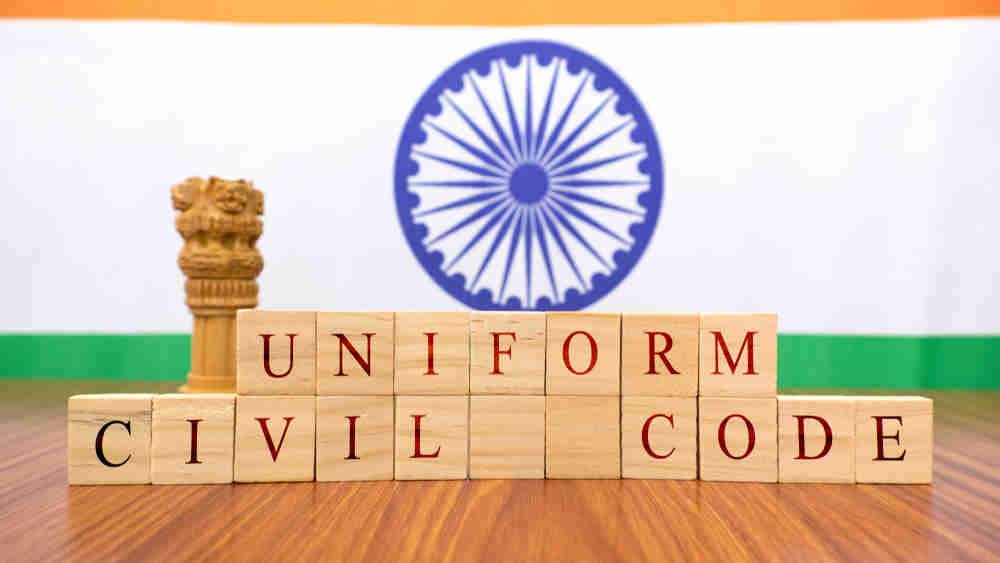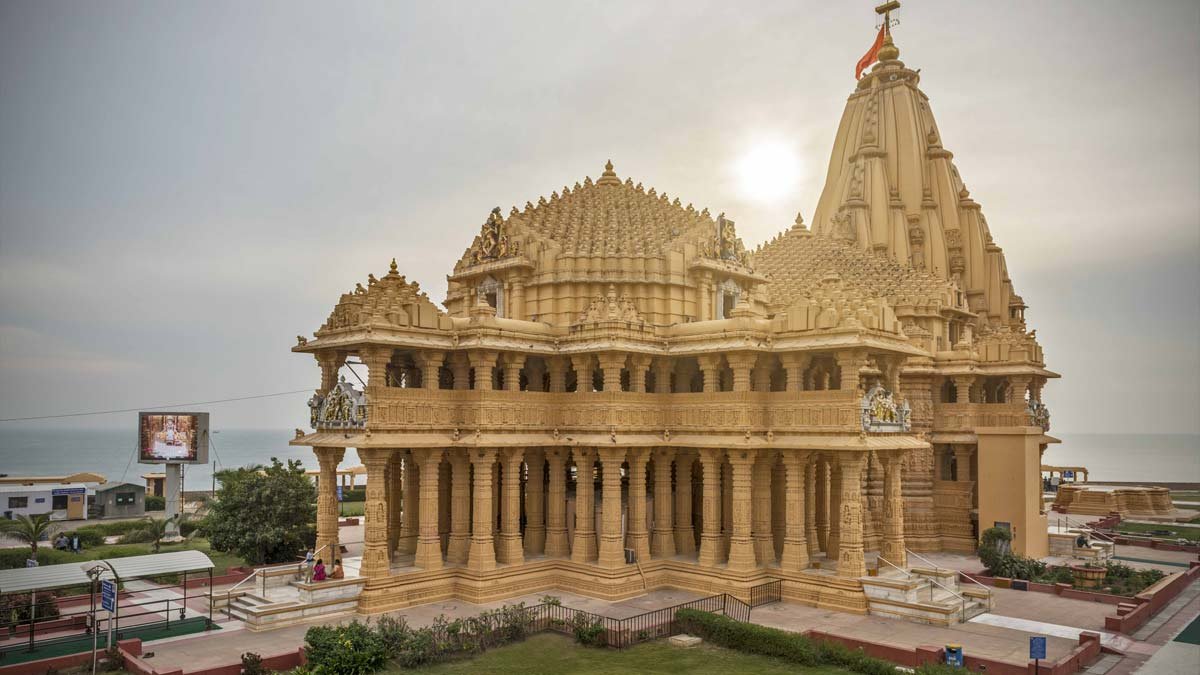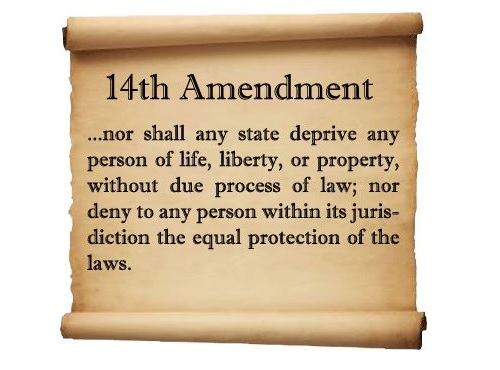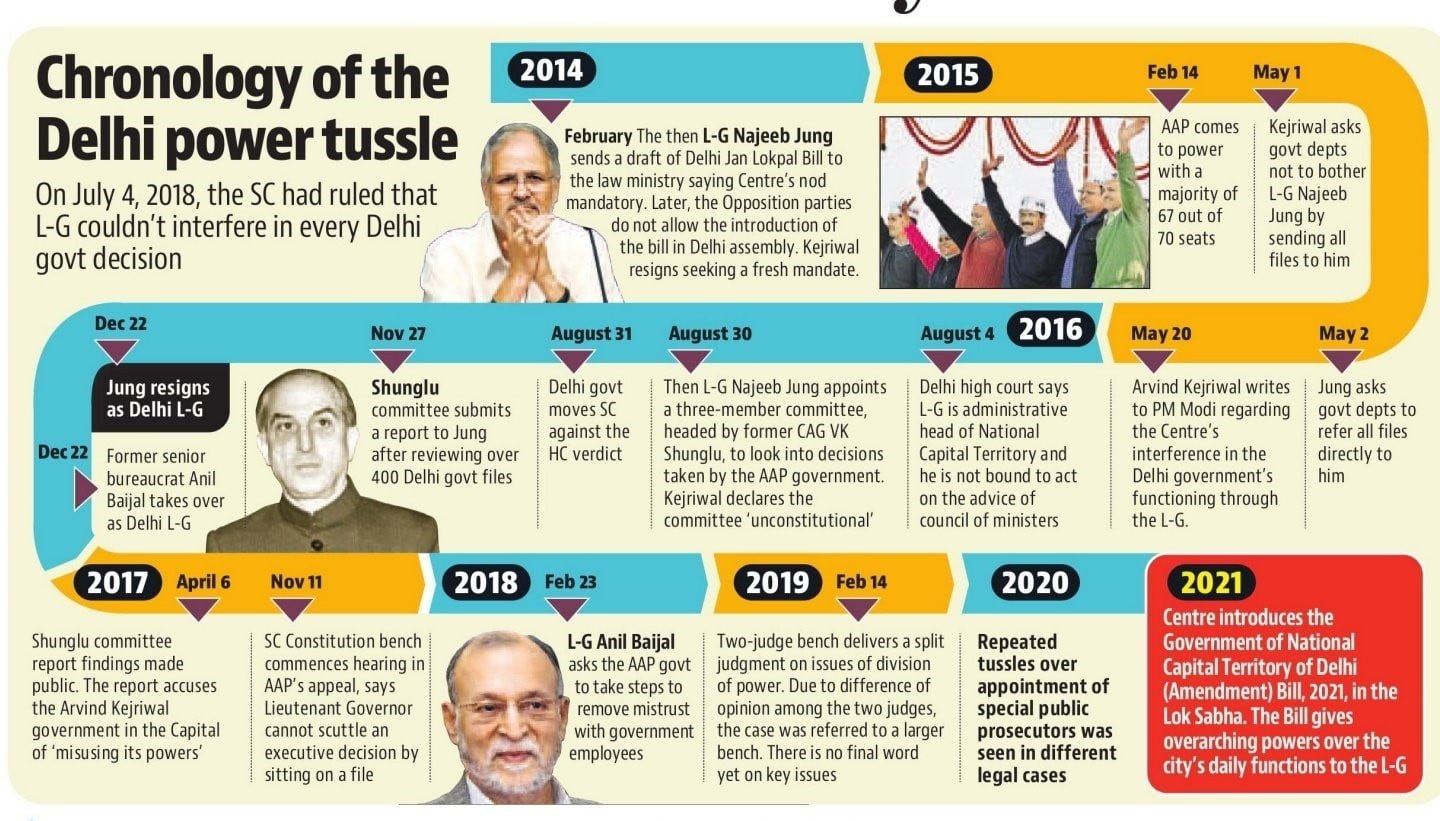
Federalism in India
Subscribers of "Current Affairs" course can Download Daily Current Affairs in PDF/DOC
Subscribe to Never Miss an Important Update! Assured Discounts on New Products!
Must Join PMF IAS Telegram Channel & PMF IAS History Telegram Channel
- Context (TH): The government has promoted cooperative and competitive federalism via NITI Aayog.
- Withholding of GST compensation funds is seen as confrontational federalism by state govts.
Federalism and its Types
- Federalism is a system of government in which the power is shared between a central authority and various constituent units of the country.
| Type of Federalism | Description |
| Holding Together Federation |
|
|
|
| Coming Together Federation |
|
| Asymmetrical Federation |
|
Evolution of Federalism in India
| Phase | Characteristics |
| Inner-party Federalism (1950-68) |
|
| Multi-Party Federalism (1990s) |
|
| Co-operative Federalism |
|
| Competitive Federalism |
|
| Confrontational Federalism |
|
| Bargaining Federalism |
|
For more details, visit – Asymmetric Federalism







![PMF IAS Environment for UPSC 2022-23 [paperback] PMF IAS [Nov 30, 2021]…](http://pmfias.b-cdn.net/wp-content/uploads/2024/04/pmfiasenvironmentforupsc2022-23paperbackpmfiasnov302021.jpg)











